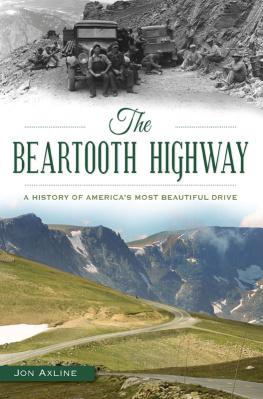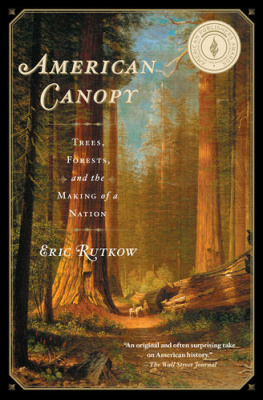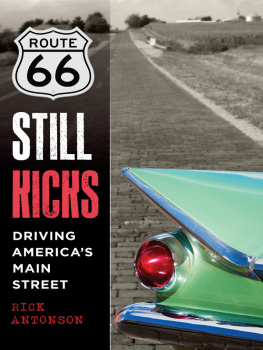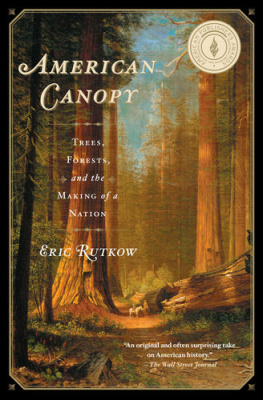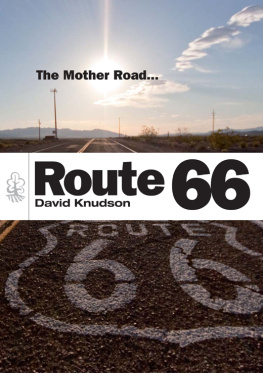Americas First Interstate
Americas
First
Interstate
The National Road, 18061853
Roger Pickenpaugh
2020 by The Kent State University Press, Kent, Ohio 44242
All rights reserved
Library of Congress Catalog Number 2019054934
ISBN 978-1-60635-397-4
Manufactured in the United States of America
No part of this book may be used or reproduced, in any manner whatsoever, without written permission from the Publisher, except in the case of short quotations in critical reviews or articles.
Library of Congress Cataloging-in-Publication Data
Names: Pickenpaugh, Roger, author.
Title: Americas first interstate : the National Road, 1806-1853 / Roger Pickenpaugh.
Description: Kent, Ohio : Kent State University Press, [2020] | Includes bibliographical references and index.
Identifiers: LCCN 2019054934 | ISBN 9781606353974 (cloth) | ISBN 9781631014055 (epub) | ISBN 9781631014062 (pdf)
Subjects: LCSH: Cumberland Road--History--19th century. | Roads--United States--History--19th century. | United States Highway 40--History.
Classification: LCC HE356.C8 P48 2020 | DDC 388.10973--dc23
LC record available at https://lccn.loc.gov/2019054934
24 23 22 21 205 4 3 2 1
Contents
ONCE AGAIN, I MUST BEGIN with the time-worn, but true, observation that nobody produces a book alone. And once again, to my wife, Marion, goes my undying gratitude for proofreading, indexing, and putting up with me through yet another project. Thanks also to my mother, Fern Pickenpaugh, for proofreading and support.
Much of this book was written while caring for my stepdaughter, Anya Crum, who left us far too soon. I miss you, Punky! I also had the support of stepdaughter Jocelyn Brooks, her husband, Patrick, and grandchildren Parker and Harrison Brooks. It means more to me than they will ever know.
As always, librarians shared their expertise and made the research experience rewarding and enjoyable. Those who helped with this project included: Tutti Jackson, Melissa Dorsten, and Lily Birkhimer, Ohio Historical Society; Nicole Merriman, State Library of Ohio; Amy Welsh and Kelly Helm, U. Grant Miller Library, Washington and Jefferson College; MaryJo Price, Frostburg State University; Suzanne Hahn and Nadia Kousari, Indiana Historical Society; Laura Eliason and Lauren Patton, Indiana State Library; Natalie Fritz, Clark County, Ohio Historical Society; Allison Rein, Maryland State Archives; and numerous individuals at the National Archives and Records Administration.
I visited public libraries in almost every county through which the National Road passed. Almost without exception, I was treated kindly and professionally. Special thanks go to Beth Treaster of the Centerville-Center Township Public Library in Indiana. Beth not only guided me through the librarys valuable collections regarding the road, but she also proofread most of the manuscript.
Professors Evan Kutzler of Georgia Southwestern State University and Angela Zombek of the University of North Carolina at Wilmington both read the entire manuscript. Although it is technically outside their area of expertise, one would not have guessed so from their incisive comments. Closer to home, Ken Williams read through it twice, catching, as usual, numerous errors. Thanks also to Agusta Daugherty and Ashley McCorkle, who provided invaluable assistance in producing the photographs, and Alex Secrest, who helped with indexing.
Thank you again to the folks at the Kent State University Press for their guidance and for putting up with someone who has to be their most computer illiterate writer.
ON DECEMBER 19, 1805, Uriah Tracy, a Connecticut Federalist, rose to address the United States Senate. Tracy had been a member of a committee appointed to make recommendations for putting into effect certain provisions of the 1803 law granting statehood to Ohio. Specifically, the measure had set aside funds for building a road or roads connecting the seventeenth state with its eastern counterparts. Tracys committee was given the assignment of, among other things, selecting a route.
The committee have thought it expedient to recommend the laying out of a road from Cumberland, on the northerly bank of the Potomac and within the state of Maryland, to the river Ohio, Tracy reported. To carry into effect the principles arising from the foregoing facts, the committee present here-with a bill for the consideration of the Senate, he continued. On behalf of his committee, the veteran lawmaker explained, They suppose, that to take the proper measures for carrying into effect the section of the law respecting a road or roads to the state of Ohio is a duty imposed upon Congress by the law itself, and that a sense of duty will always be sufficient to insure the passage of the bill now offered to the Senate.
Whether or not it felt a sense of duty, the Senate passed the measure the committee had recommended eight days later without debate. The House of Representatives took up the bill in March. There the debate was heated. Most opposition came from the Virginia and Pennsylvania delegations, both of which felt slighted in the choice of route. It was not enough, however, and on March 24, the House passed an act to regulate the laying out and making a road from Cumberland in the state of Maryland to the state of Ohio by a vote of 6655. Five days later, President Thomas Jefferson signed it into law.
The measure was unique in the Jefferson era. It was a time when the national governments domestic duties extended little beyond providing a meager defense, delivering the mail, and tending lighthouses. As an avowed strict constructionist on constitutional matters, Jefferson should have given the measure a resounding veto, as successors Madison, Monroe, and Jackson would to subsequent bills for funding the road. After all, the law would eventually involve the national government in running a road through six states; and the costs involved would not match up well with Jeffersons ideas regarding limited government spending.
Jefferson was not, however, one-dimensional. Although philosophy and principles were important to him, he was a practical and pragmatic politician. Three years earlier, he had put constitutional qualms aside when given the opportunity to purchase Louisiana and double the size of the United States. That transaction had suddenly and dramatically redefined the American frontier. It fit nicely with another important aspect of the Jeffersonian philosophy: an agrarian nation composed largely of yeoman farmers. To reach distant lands those pioneers would need good transportation. The same would be necessary for them to ship their produce to market. Politically, the majority of families heading westward would be headed by Republican voters. Politics was never far from Jeffersons mind, and there seems little doubt that the prospect of future Republican states entered into the presidents thinking. The result was a presidential signature and the start of what was among the most significant projects taken on by the national government during the antebellum period.



